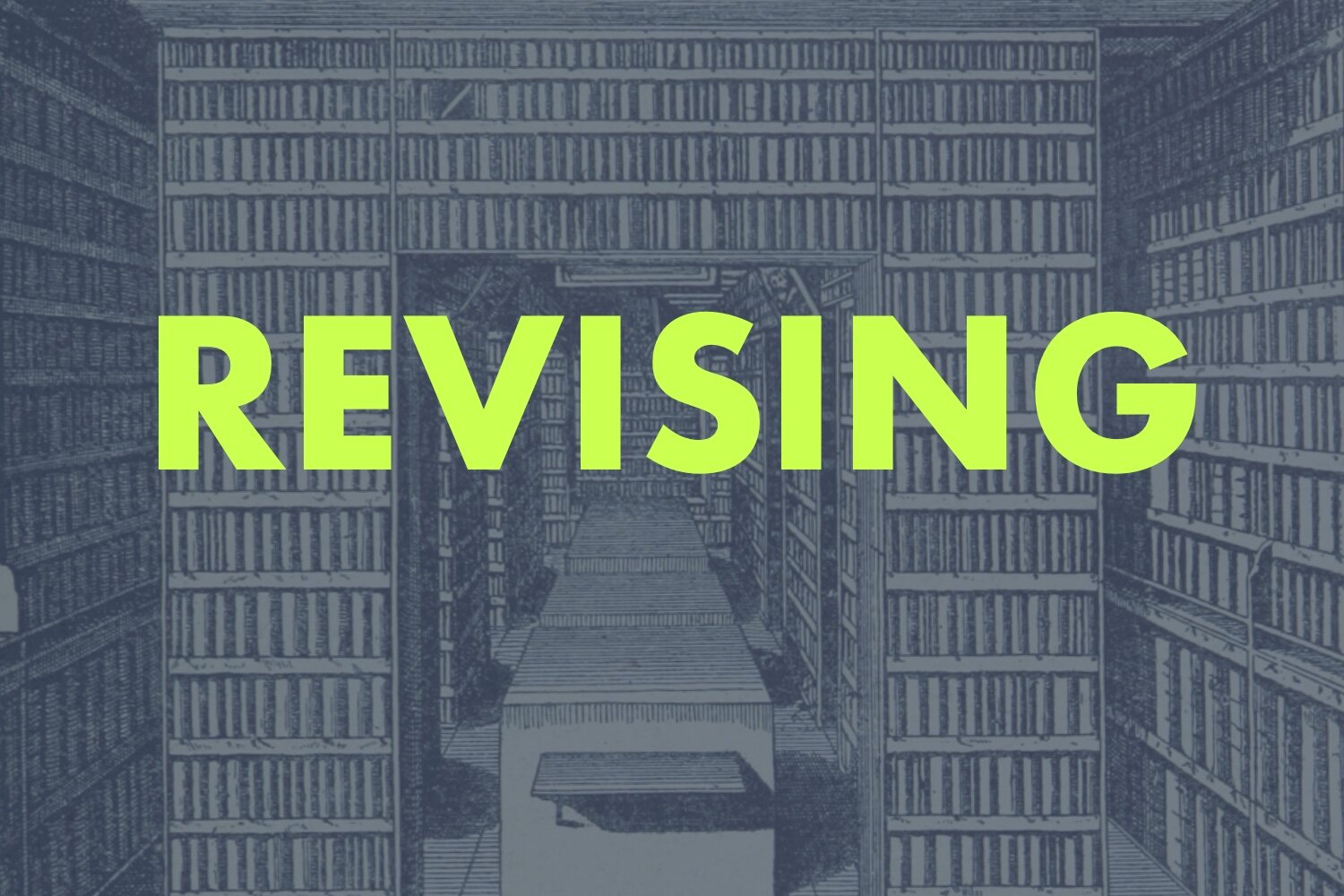What we learn from un-novel novels: Persuasion chapter 2
What can we learn from reading un-novel novels, like Jane Austen’s Persuasion?
How to introduce characters: Persuasion chapter 1
Learn how Austen introduces her characters in chapter 1 of Persuasion.
Comfort reading: Persuasion
Jane Austen’s Persuasion as comfort reading during a pandemic.
What is your character’s pathological maneuver?
How characters work in the machinery of the novel.
How to link characters and plot
How and why your characters and plot should work together to create a book that readers can’t put down.
Own the room
How visualizing your readers can help you embrace your creative power and overcome writer’s block.
Why characters are key
Why crafting believable, engaging characters is central to writing a successful novel.
What is genre?
What is genre and how can understanding it help you tell the story you want to tell?
Choose your revision tool
Learn how to tackle the first big step of revising your novel: choosing a tool that will help you get an overview of your story.
What is the difference between revising and editing?
Many times, when writers think they are revising, they are actually just editing. What’s the difference between the two?
What is revising like?
What metaphors can help us understand the purpose and process of revising a book?
Great Sentences, by Brooks Landon
Brooks Landon’s method for creating rich, complex sentences.
On Editing, by Helen Corner-Bryant & Kathryn Price
On Editing provides specific examples that will help you improve everything from your plot to your dialogue.
The Last Draft, by Sandra Scofield
Sandra Scofield’s guide to revising your novel will teach you how to analyze your draft and improve it with detailed craft advice.
Artful Sentences, by Virginia Tufte
Virginia Tufte’s collection of beautiful sentences and her explanations of how they work will teach you new tools to use in your own writing.
Anatomy of Story, by John Truby
John Truby’s popular Anatomy of Story is a valuable encyclopedia of plot moves and character insights but may frustrate writers wanting to explore deeper territory.
Writing the Breakout Novel, by Donald Maass
Donald Maass offers specific examples of what sets breakout novels apart from others.
The Way of the Writer, Charles Johnson
The Way of the Writer is a book from a long-time writing instructor that is remarkably short on specific writing craft advice.
Thanks, But This Isn’t for Us, by Jessica Morrell
Jessica Morell’s exploration of common problems in fiction and how to solve them.














